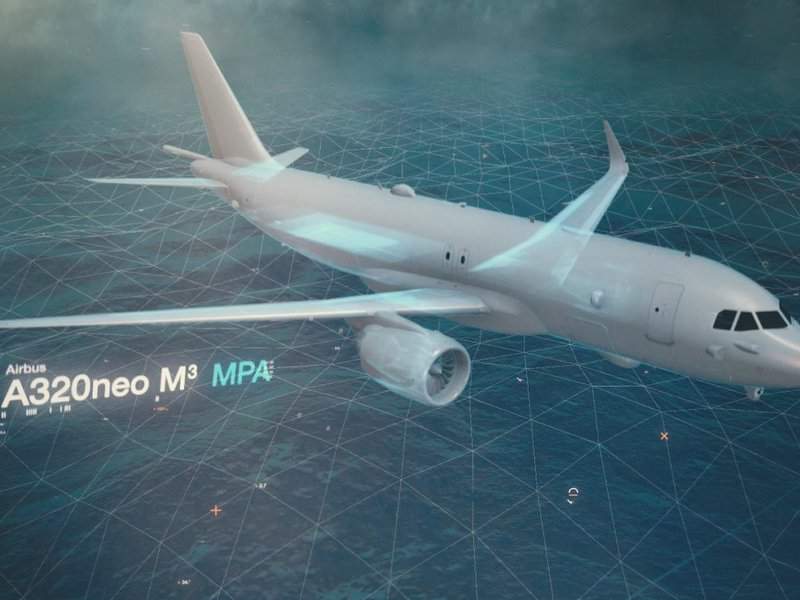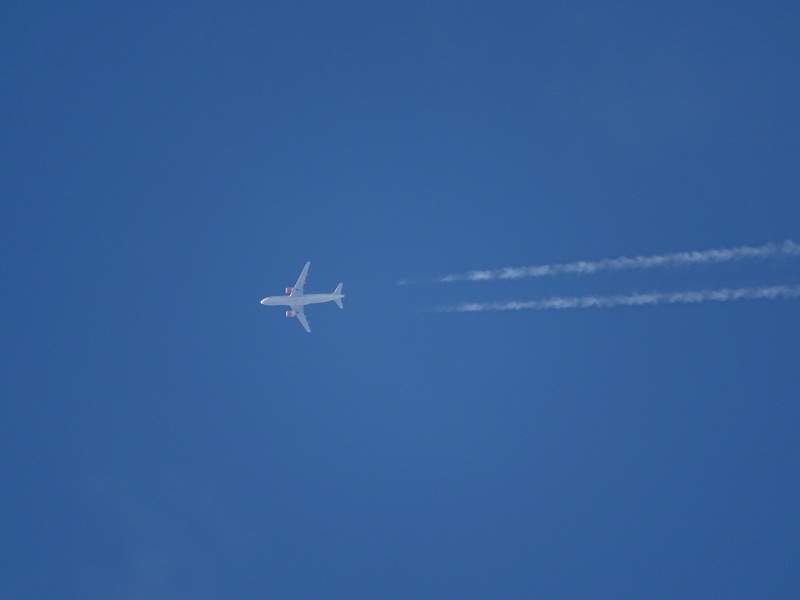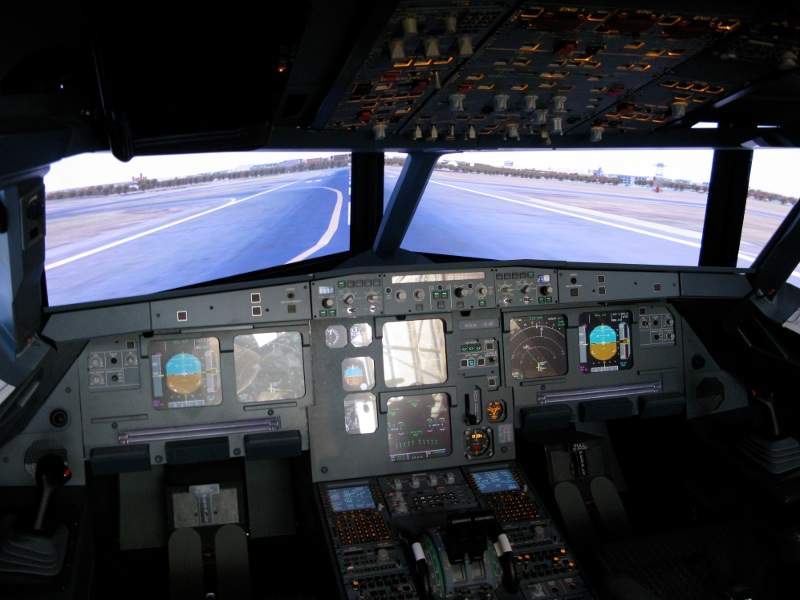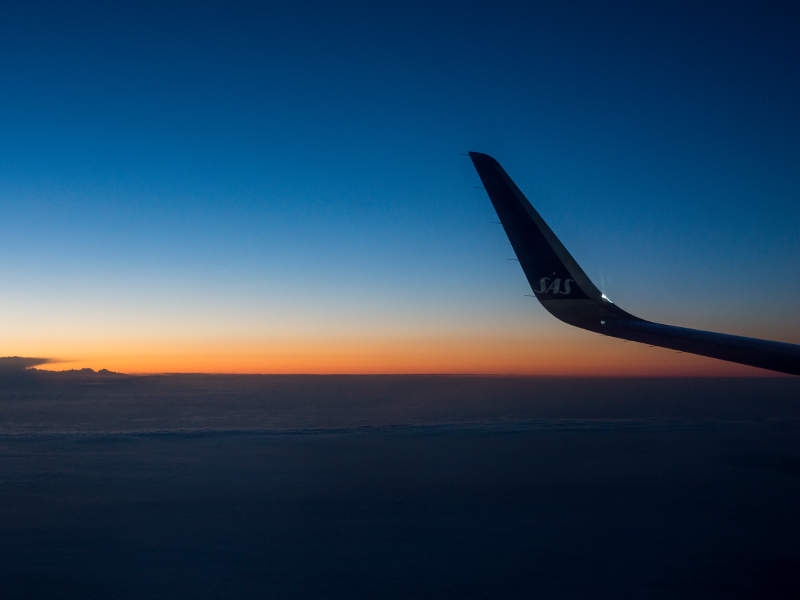Airbus introduced the A320neo M3A (Modular Multi-Mission Aircraft) concept in July 2018. It is a military derivative of the Airbus A320 new engine option (NEO) twin-engine commercial jet airliner, designed and developed by Airbus.
The A320neo M3A concept is being evaluated by Airbus for various applications, including maritime patrol, airborne early warning and control (AEW&C), signals intelligence (SIGINT), and VIP transport.
The aircraft will be capable of performing missions such as C4ISR (command, control, communications, computers, intelligence, surveillance and reconnaissance), maritime patrol, anti-submarine warfare and medical evacuation (medevac), as well as transportation of troops, passengers, VIPs and cargo.
A320neo M3A aircraft design and features
The airframe of the A320neo M3A military aircraft is based on the A320neo commercial fixed-wing aircraft, which is 35.57m long and 11.76m high. The maximum take-off and landing weights of the base platform are 79t and 67.4t, respectively.
The aircraft will feature two main backwards-swept wings with a wingspan of 35.8m. The wings will be fitted with 2.4m-tall wingtip devices, which improve fuel efficiency and aircraft performance by reducing drag. It will have a conventional tail assembly with a single vertical stabiliser.
The base configuration can accommodate up to 165 passengers in two classes, while its maximum seating capacity is 194. The cabin is 27.51m long and 3.7m wide, the cargo volume is approximately 37m³ and the fuselage width is 3.95m.
The aircraft features modular roll-on / roll-off (Ro/Ro) capability, which allows for ease of loading and unloading of payloads for airlift missions.
The aircraft’s glass cockpit will be equipped with flight information and liquid crystal displays, as well as different image processing technologies to handle high-resolution imagery acquired by the on-board imaging sensors. It will also incorporate a digital fly-by-wire flight control system to provide safe and efficient flight performance.
A large bubble observation window will be fitted on both sides of the fuselage for visual observation.
Armament and self-protection
The anti-submarine warfare variant of the A320neo M3A aircraft will be armed with up to eight torpedoes, which can be launched from the internal weapons bay to attack enemy submarines and surface ships.
The weapons bay will also carry sonobuoys to detect, localise, identify and track hostile underwater submarines using acoustic signals.
A self-protection system, comprising missile warning sensors and decoys, will be installed in the nose section to provide protection from surface-to-air missiles.
Payloads and communications
The multi-mission aircraft will be outfitted with a payload pod with electro-optic / infrared (EO/IR) sensors beneath the nose to collect real-time imagery and video for ISR, maritime patrol and anti-submarine warfare roles. It uses a synthetic aperture radar (SAR) to create high-resolution images.
A magnetic anomaly detector will be mounted at the rear of the aircraft to identify, detect and locate magnetic variations of underwater objects such as submarines.
The aircraft will also be equipped with secure communication systems to support operations under and beyond the line of sight (LOS / BLOS) conditions.
Other mission-specific payloads carried by the aircraft will include a C4ISR suite, SIGINT system, electronic support measures (ESM), acoustic system and surface search radar.
Propulsion and performance
The base variant of the A320neo M3A aircraft has two engine options, specifically the Pratt and Whitney PurePower PW1100G-JM-geared turbofan and CFM International LEAP-1A turbofan engines. Located under the wings, the engines deliver long-range and increased flight endurance.
The aircraft is capable of carrying 23,730l of fuel and offers a range of 6,300km.






